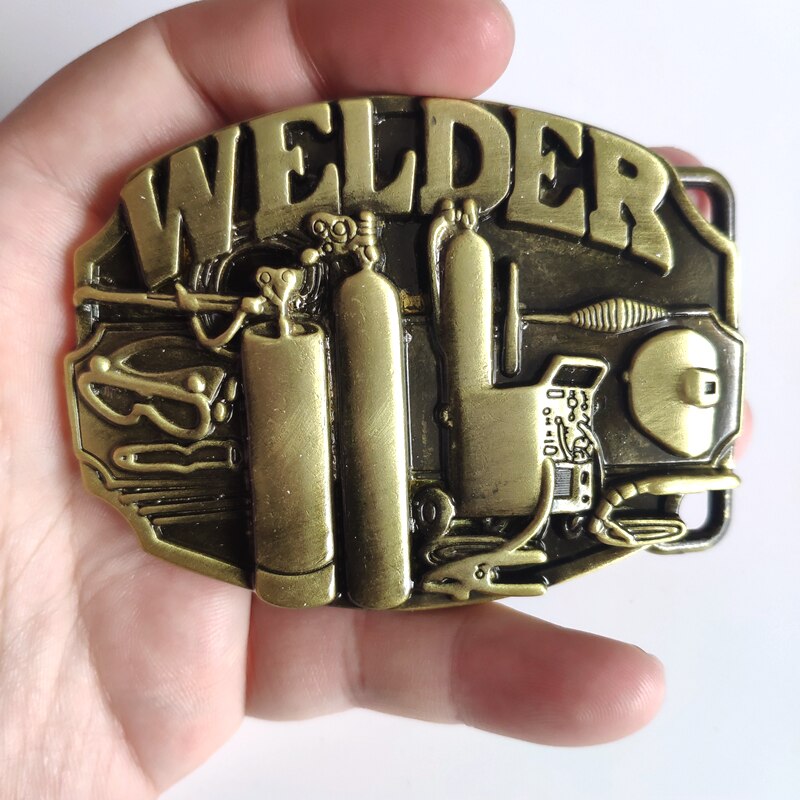
These, a seemingly simple accessory, have a rich history that spans centuries and reflects the changing trends in fashion, craftsmanship, and societal norms. From their practical origins as functional fasteners to their contemporary status as fashion statements, these have evolved and adapted to various cultures and eras. In this article, we explore the intriguing history of belt buckles, tracing their journey from ancient times to their prominent place in modern accessories.
1. Ancient Beginnings:
The concept of it can be traced back to ancient civilizations like Egypt and Rome, where simple metal or bone fasteners were used to secure belts around the waist. These early buckles served both functional and decorative purposes.
2. Medieval Elegance:
During the medieval era, belt buckles became symbols of status and fashion. Intricate designs and precious materials were used to create ornate buckles worn by the nobility to showcase their wealth and social standing.
3. The Renaissance and Beyond:
The Renaissance period saw a resurgence of artistry in belt buckle designs. Craftsmen skillfully crafted buckles from materials like silver, gold, and enamel, incorporating intricate patterns and symbols of religious or heraldic significance.
4. The Industrial Revolution:
The Industrial Revolution brought significant advancements in belt buckle production. Mass manufacturing techniques enabled buckles to be more accessible to the general population, reducing costs and increasing availability.
5. Western Influence:
In the 19th century, these became an integral part of the American Western culture. These, often adorned with intricate motifs or initials, symbolized rugged individualism and personal identity.
6. Military Utility:
Belt buckles have also served practical purposes in military attire. Soldiers in various armies donned belts with sturdy buckles, often bearing insignias or regimental markings.
7. Fashion Statements:
In the 20th century, these evolved from practical accessories to fashion statements. From oversized buckles in the ’70s to minimalist designs in the ’90s, buckles reflected the ever-changing trends in style.
8. Contemporary Diversity:
In modern times, belt buckles cater to diverse tastes and styles. From classic designs for formal occasions to novelty buckles that showcase personal interests, buckles continue to be an expression of individuality.
9. A Nod to Tradition:
Traditional belt buckle craftsmanship remains alive in artisanal workshops, where skilled craftsmen create bespoke buckles that honor heritage and handwork.
10. Sustainable Trends:
As the fashion industry shifts towards sustainability, eco-friendly materials and ethical production methods are being incorporated into belt buckle manufacturing, appealing to conscious consumers.
Conclusion:
The history of it is a fascinating tale of functionality, artistry, and evolving fashion trends. From ancient fasteners to contemporary fashion statements, these have stood the test of time, adapting to cultural and societal changes. As we continue to celebrate the diversity and craftsmanship of belt buckles, let us embrace these versatile accessories as both practical necessities and expressions of our personal style.


